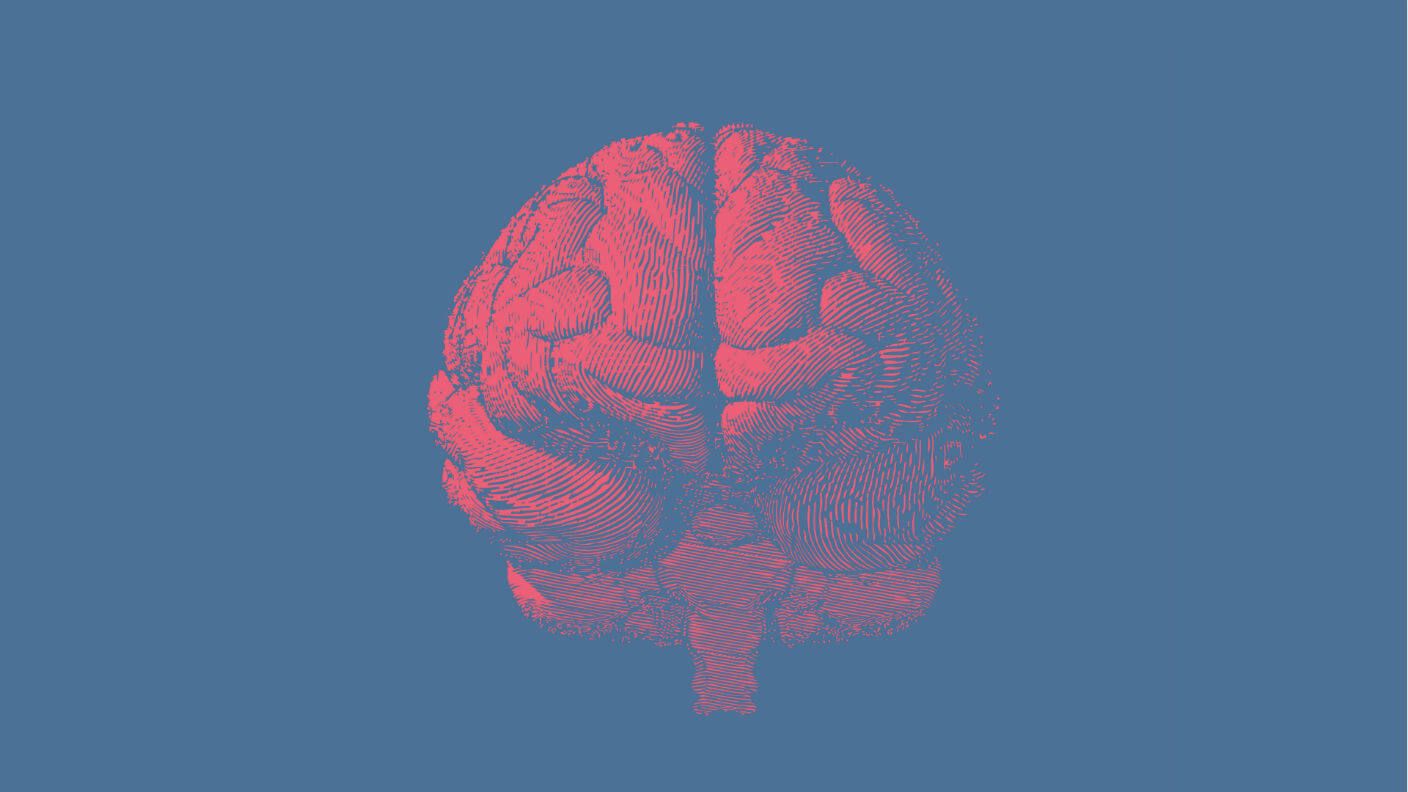The renowned physicist Dr. Richard Feynman once said: “What I cannot create, I do not understand. Know how to solve every problem that has been solved.”
An increasingly influential subfield of neuroscience has taken Feynman’s words to heart. To theoretical neuroscientists, the key to understanding how intelligence works is to recreate it inside a computer. Neuron by neuron, these whizzes hope to reconstruct the neural processes that lead to a thought, a memory, or a feeling.
With a digital brain in place, scientists can test out current theories of cognition or explore the parameters that lead to a malfunctioning mind. As philosopher Dr. Nick Bostrom at the University of Oxford argues, simulating the human mind is perhaps one of the most promising (if laborious) ways to recreate—and surpass—human-level ingenuity.
